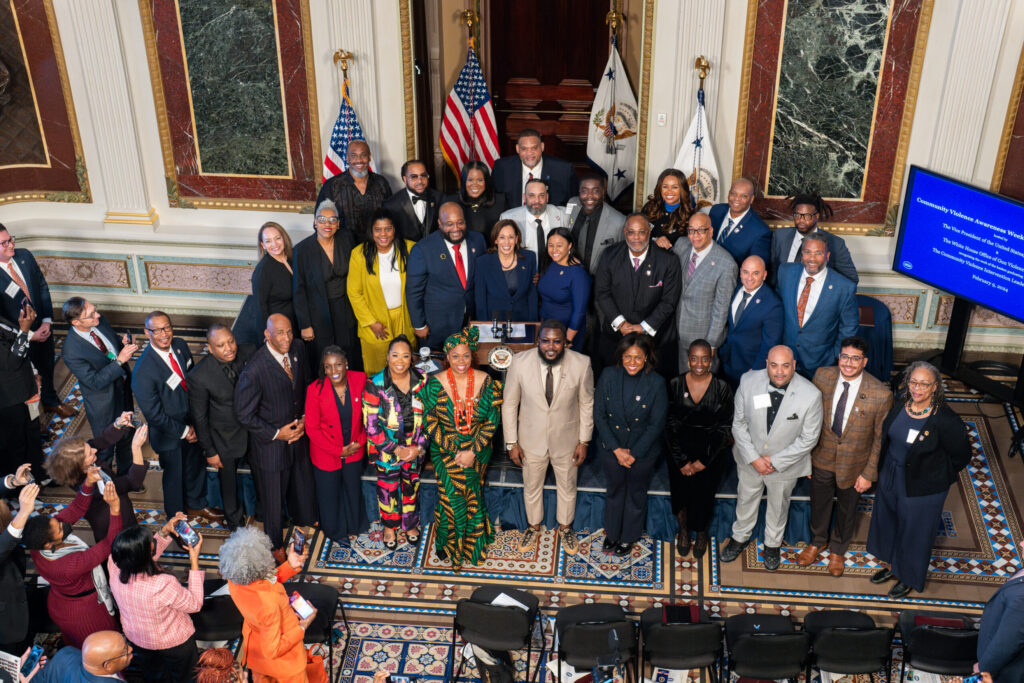Jan 2021
Reducing Crime Through Environmental Design: Evidence from a Randomized Experiment of Street Lighting in New York City
Topics
Methodologies
This paper offers novel experimental evidence that violent crimes can be successfully reduced by changing the situational environment that potential victims and offenders face. We focus on a ubiquitous but understudied feature of the urban landscape—street lighting—and report the first experimental evidence on the effect of street lighting on crime.
Topics
Methodologies

Economic Club of Chicago- Chicago’s Safety Snapshot: Issues and Opportunities
These slides were presented by the Crime Lab at a forum hosted by the Economic Club and Commercial Club of Chicago.

Violence Reduction Dashboard

Webinar: Overview of the City of Chicago’s Violence Reduction Dashboard
Launched in May 2021 by the City of Chicago, with design and technical support from the Crime Lab, the Dashboard is a first-of-its-kind comprehensive tool that allows unfettered public access to city violence trends categorizable by victim type, date, and geographic area.

Machine Learning Can Predict Shooting Victimization Well Enough To Help Prevent It
This National Bureau of Economic Research Working Paper shows that shootings are predictable enough to be preventable.
Latest Updates
Chattanooga Police Chief John Chambers Completes University Of Chicago Crime Lab’s Policing Leadership Academy
Chattanooga Police Department Chief John Chambers graduated from the University of Chicago Crime Lab’s Policing Leadership Academy, an education program dedicated to reducing violent crime and improving police effectiveness.

Vice President Kamala Harris Recognizes the CVILA at White House Ceremony

Chicago Police Make an Arrest in Only 20 Percent of Fatal Shootings
The Trace’s Rita Oceguera and Justin Agrelo highlight only 20% of fatal shootings in Chicago result in an arrest. Philip Cook, a professor emeritus of public policy and economics at Duke University, has been working with the University of Chicago’s Crime Lab to examine clearance rates and has noted a sharp decline in homicide clearance rates over the years.

